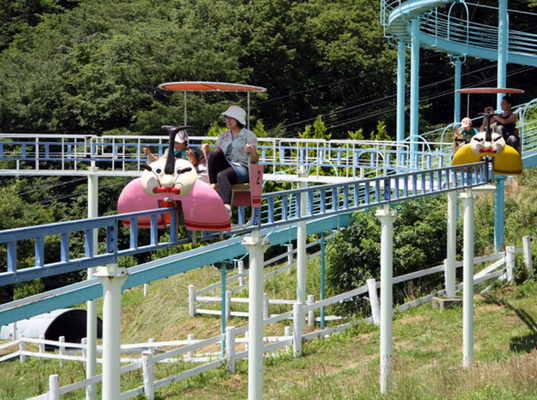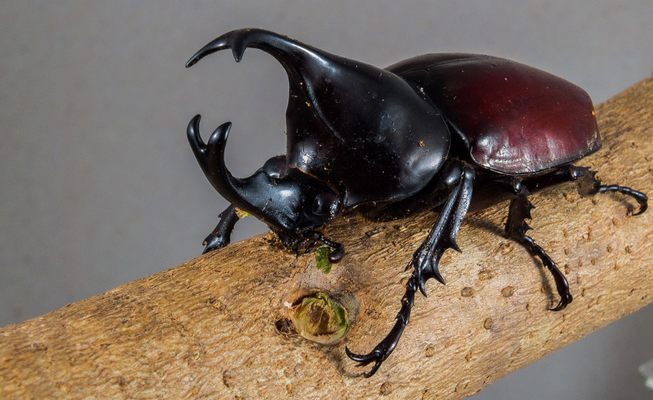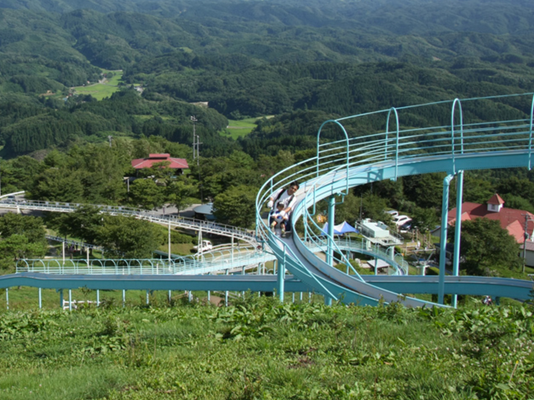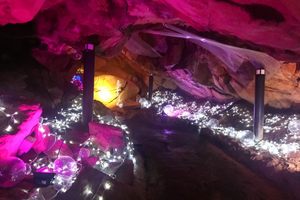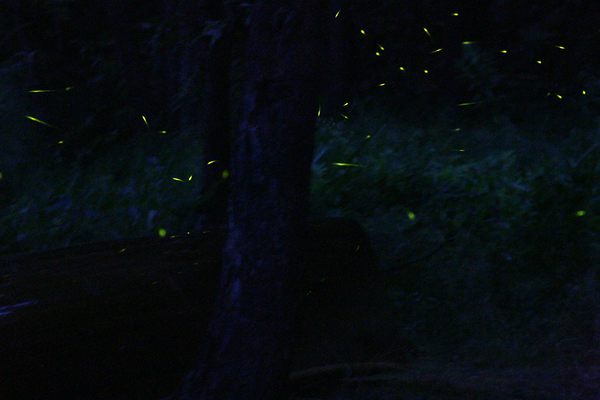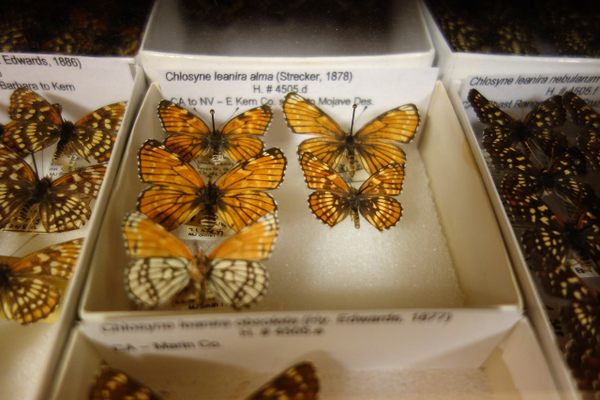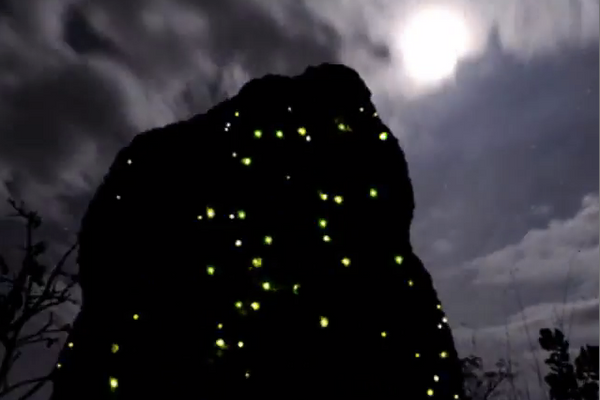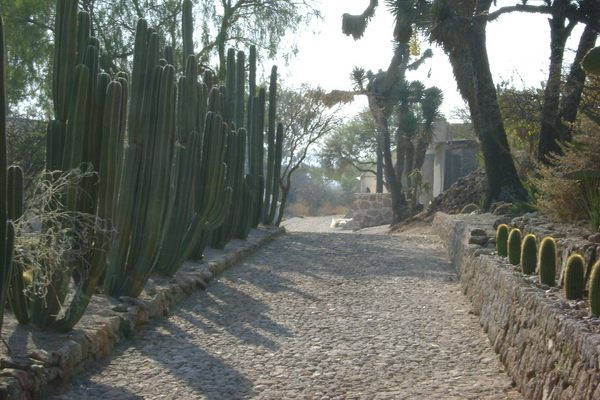About
Kodomonokuni Mushi Mushi Land is a theme park in the town of Tamura, in Japan's Fukushima Prefecture. "Mushi" means "bug" in Japanese (not to be confused with the Japanese telephone greeting "moshi moshi"), and the park features a beetle dome petting zoo, hotel, insect museum, and insect-themed amusement park. For years, the number of annual visitors to Mushi Mushi regularly outnumbered the town's population — and then came the 2011 Fukushima nuclear disaster.
The unique park was spearheaded by local beetle lover Yoshinori Yoshida, and it was initially a simple enclosure covered in netting and aluminum and filled with around 1,000 rhinoceros beetles, which are native to and abundant in the region. They then added the hotel, museum, and bug-themed amusement rides like a butterfly rollercoaster and cars shaped like rhinoceros beetles. According to Yoshida, their beetle petting zoo was the first of its kind in Japan, and Mushi Mushi was quickly drawing tourists and TV crews from all over Japan.
Then, in March 2011, Japan was hit with its largest earthquake to date, setting off nuclear disaster at the Fukushima Daiichi power plant, 25 miles east of Tamura. The park's "beetle dome" became an emergency evacuation zone, and the irradiated soil awaited removal and disposal. Mushi Mushi employees took it upon themselves to scrape moss off the trees and remove any layers of material that might be irradiated within a 65-foot radius of the beetle petting zoo.
A bit over a year after the disaster, beetle larvae were tested for radioactive substances as part of a park-wide decontamination efforts, and beetles were reintroduced to the beetle dome. The petting zoo was reopened in 2014, though the amusement park remained closed.
The surrounding local forests where beetle larvae were once found are still contaminated, so larvae must be sourced from elsewhere. Tamura, Mushi Mushi, and tourist destinations across Fukushima, are still trying to bounce back from the disaster and the region's contaminated reputation, which persists despite World Health Organization confirmation that the region is safe for travel. Even as Japan is continues to urbanize, and birth rates continue to decline, the folks at Mushi Mushi Land hope that kids will continue to come and handle the beetles for themselves.
Update October 2016: The main park is now open
Related Tags
Know Before You Go
Hours: Open 9am-4:30pm. Closed in winter.
It is a 30-minute drive from Banetsu Expressway Funehiki-Miharu.
Telephone: (0247) 77-2070
Hidden Japan: Sado Island, Nara & Kyoto
Explore a different side of Japan.
Book NowPublished
June 21, 2016
Sources
- https://educationinjapan.wordpress.com/fielding-field-trips/favourite-nature-activities-for-kids-in-japan/gone-beetle-hunting/visit-the-beetle-watching-natural-park-at-kodomonokuni-kids-village-mushi-mushi-land-fukushima/
- http://www.fukushimaminponews.com/news.html?id=213
- http://america.aljazeera.com/articles/2014/9/13/fukushima-bringstroubletomushimushiland.html
